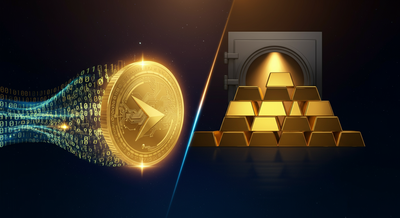ARTICLE AD BOX

Investing in gold once used to be a domain dominated by neighbourhood jewellers, and velvet ornament boxes. Now, the age-old practice of buying gold has undergone a glittering transformation, with investors increasingly turning to digital gold for its flexibility, safety, and ease of access.Unlike traditional gold, digital gold is 24-carat pure (99.99%) and comes without making or wastage charges. Investors can buy or sell any fraction of gold at any time, with the option of instant redemption or physical delivery as coins or bars, all stored securely in insured vaults, ET reported.The safety of digital gold largely depends on the platform and its vault partner. Some providers release third-party audit reports regularly, while others do not, making transparency a critical factor for investors.For those investing in digital gold for the first time, it also offers an accessible way to build wealth gradually. Investors can start small, with purchases as little as Rs 1 or Rs 10 through systematic investment plans (SIPs), without the need for a demat account.On the regulatory side, digital gold falls outside the purview of the Sebi and RBI. Each purchase attracts 3% GST, short-term gains are taxed according to the investor’s income slab, and long-term gains held for over three years are taxed at 20% with indexation.
While digital gold comes without making charges, investors should be mindful of additional costs. Besides the 3% GST, charges such as platform distribution fees, UPI or payment gateway fees, storage and custody costs, and delivery charges can add up over time, according to ET.With ease of access, flexibility, and secure storage, digital gold is emerging as an attractive option, however, it is critical to factor in the charges and ensure platform transparency before investing.

 10 hours ago
4
10 hours ago
4









 English (US) ·
English (US) ·